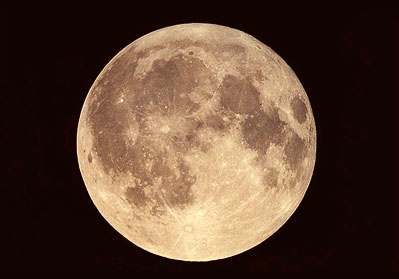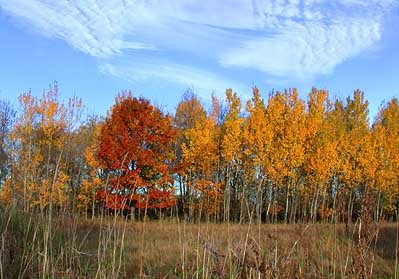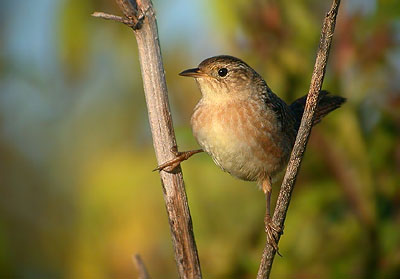
The Hunter's Moon has come and gone and the fall colors are nearing peak in revealing their grandeur against crisp blue skies...soon the trees will all be bare. As I witnessed the sparrow's migration exodus last evening at Pheasant Branch Conservancy, my thoughts were already aimed at spring. Fox Sparrows, White-throated Sparrows and White-crowned Sparrows were all I could find...neither a wren or warbler to be seen or heard.

But it doesn't end with their departure. I'll wonder throughout winter...where exactly are they now? I like to ponder that somewhere south on its wintering grounds, at this very moment, is the Sedge Wren I photographed last month...maybe curiously perched out on a twig this morning...scolding at something! Hopefully it and its brethren have secured healthy parcels of habitat to sustain themselves on for the next several months in waiting for the long journey back.

(click on image for larger version)
In his book Rare and Elusive Birds of North America, William Burt describes the character of the Sedge Wren's incessant singing better than anyone does:
"I do not understand how this tidbit of a bird can sing so forcefully and often, with such unflagging energy...it is, without a doubt, the smallest bird of any marsh or meadow; yet its voice is one of the biggest and most indefatigable. He cannot get enough of singing, it would seem. You'd think he might wear some parts out, or work some loose with all that steady vibrating and jolting. Or he might stall, totter, stop all together, and topple, like a battery-powered toy. But he does not. How does he do it? What powers this ultra tiny-dynamo? Insects and spiders, merely, it is reported, such live things as he can find and tweeze and swallow when not already occupied by singing, or sleeping. Sleeping, yes - when does he do that?"All images © 2005 Michael McDowell

















